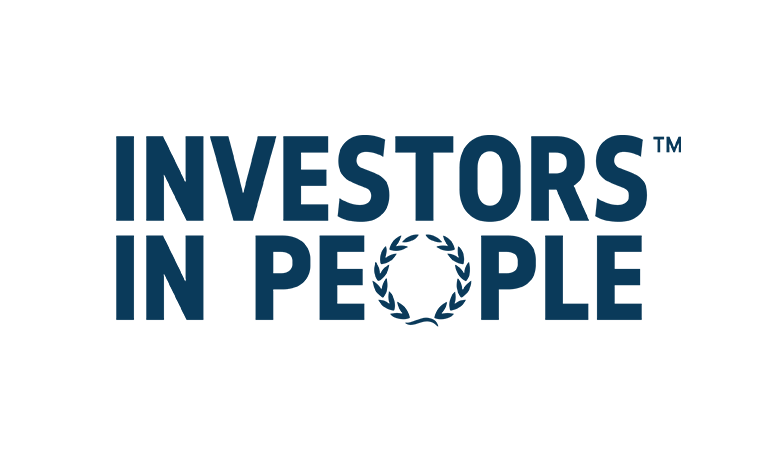Standing up for the veterinary profession
08 Aug 2024
16 Apr 2021 | Beth Samson
Recognition is a key component of #GoodWorkplaces, helping everyone to feel good and stay motivated at work. In this blog, Beth Samson, People Lead at Investors in People, shares advice based on thirty years of exploring what great recognition looks like in businesses.

Recognition is defined as ‘appreciation or acclaim for an achievement, service or ability’ and it’s a key component of what makes us feel good at work. Unlike its frequently referenced mirror image, reward, recognition takes place after the event and is usually more spontaneous.
When was the last time you felt really appreciated at work? Maybe it was when a customer or team member spontaneously thanked you for going above and beyond, or perhaps someone noticed your contribution and recognised it publicly. Possibly it was even when you suggested an idea and it was listened to and acted on.
Recognition deserves a fresh look. Gone are the days where saying thank you on the way out on a Friday was enough! Meaningful recognition drives performance, is not time-consuming and can be absolutely free, but it’s often underused or overlooked in our people strategies.
Here is our advice based on thirty years of exploring what great recognition looks like in businesses…
Let’s break down what we’re aiming to achieve here. What is viewed as valuable and therefore worthy of recognition? In many organisations, the answers here differ between leaders and teams. Most leaders value outputs – increases in revenue for example, or a significant increase in client retention. However, team members are more likely to view the behaviours which drive the results as valuable, like ensuring customers leave with a smile, or helping out a colleague by covering their shift when an emergency comes up.
You’ll get more bang for your recognition buck if you recognise how your team work, as well as what this results in.
Do managers have the monopoly on recognition? If so, it’s time to spread the love. When people are encouraged to recognise each other and these moments are amplified publicly, it multiplies the opportunities for recognition to happen and therefore increases its motivational power. Technology can help with this, or you can organise ‘feedback five’ at the end of your usual meetings where you take the last five minutes to share feedback and recognise each other’s contributions. At Investors in People, we also have Feedback Friday where we’re encouraged to use the last few hours of the week to reflect on who has made a difference for us and to recognise this publicly via our company messenger.
If your answer is no, great news! This is the easiest way to improve your teams’ experience of recognition. Imagine you do a great job with a customer, and receive the standard thank you and box of chocolates from your boss. You know, that your manager knows, you’re more a savoury person. But ‘that’s just the way it’s done’…
Now picture this instead: managers have a recognition budget to get their team thank you gifts which mean something to them. The local fudge they love. Or tickets to see their football team. Managers feel more empowered and individuals receive recognition tailored to them. Win-win!
Knowing that your ideas will be heard and considered can be a real motivational boost. We’ve seen various schemes work, including innovation awards, ideas letterboxes or employee forums. The aim is to show that peoples experience, insights and knowledge is valued and can be part of what makes the business better.
Getting the basics of a fair wage, adequate holiday provision and flexibility within the bounds of what is practical are going to be your team’s priority. Failing to address these will undermine any further recognition initiatives so it’s worth examining this closely and getting feedback on how your team perceive this first. Similarly, unvoiced problems within a business can be a drain on motivation, so why not ask your team what’s stopping their work from being as satisfying as it could be and dedicate resource to fixing these.
It’s so simple but so often overlooked! If you want to improve the experience of your team at work, including how they experience recognition, your first step should be to get some feedback. This could be via surveys, 121s, focus groups. You could consider using an independent external process, such as Investors in People, as the most meaningful feedback isn’t always willingly offered when asked for internally. All the insights in this article have been collated from lessons learned in organisations by asking their people what they think!
In the thirty years of working with businesses, we’ve seen how transformative hearing directly from your people can be for performance; there is no need to ‘reinvent the wheel’ here! Once you’ve gained insights from your team, there is a wealth of inspiration and ideas on where to go next from our Knowledge pages or industry-specific bodies like the BVA good veterinary workplaces policy position.
Get tailored news in your inbox and online, plus access to our journals, resources and support services, join the BVA.
Join Us Today